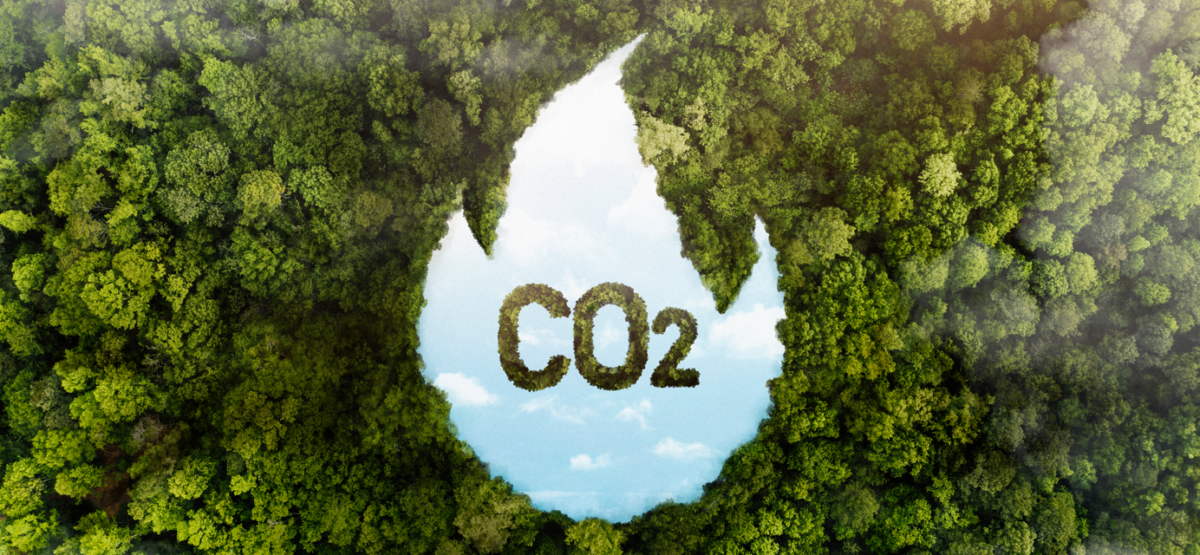
Navigating Indonesia’s Carbon Market: Challenges, Opportunities, and the Road Ahead
The rapid progress of carbon pricing in Indonesia has reached important milestones. Presidential Regulation (Perpres) 98/2021 on the Carbon Economic Value, or N... Read more.
